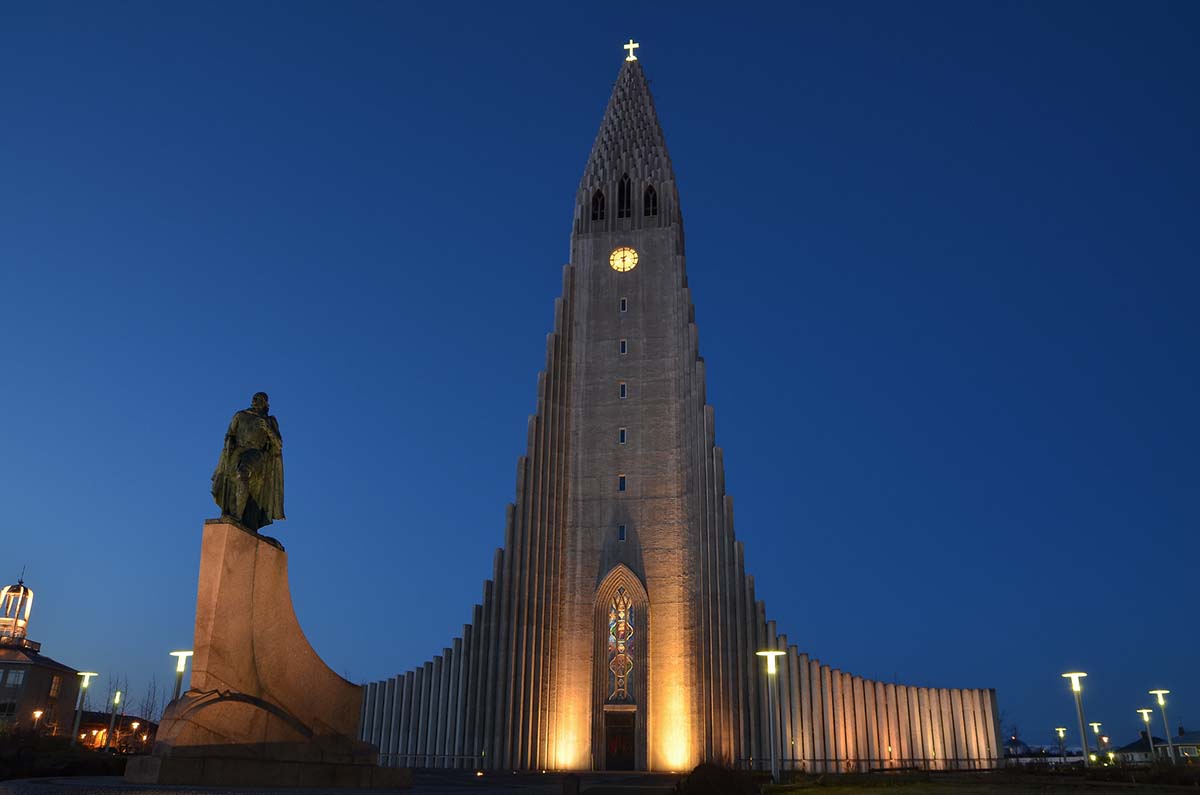
by William Taylor
Iceland is a land where natural wonders meet a rich cultural heritage, and its monuments stand as tributes to a tumultuous and fascinating past. From Viking explorers to modern political milestones, these landmarks reflect the country’s journey through time. While Iceland’s breathtaking landscapes often steal the show, its historical and cultural monuments offer an equally compelling narrative. To maximize your enjoyment, exploring Iceland by rental car is a good way to see and do as much as possible within a short span of time.
Leifur Eiríksson Statue
Situated outside the iconic Hallgrímskirkja in Reykjavik, the Leifur Eiríksson statue is one of Iceland’s most important national monuments. Depicting the famed Viking explorer who is believed to have discovered North America long before Columbus, the statue was a gift from the United States in 1930 to commemorate the 1,000th anniversary of Iceland’s parliament. This monument not only honors Leifur’s adventurous spirit but also symbolizes the deep-rooted connections between Iceland and Viking heritage, offering a poignant reminder of the island’s pioneering past.
Hallgrímskirkja
Towering above Reykjavik, Hallgrímskirkja [photo at top] is one of Iceland’s most recognizable landmarks. Named after the 17th-century clergyman and poet Hallgrímur Pétursson, the church is a stunning example of how Icelandic architecture is often inspired by the country’s natural formations—its façade resembles the basalt columns that are scattered across the island. Completed in 1986 after 38 years of construction, Hallgrímskirkja serves not only as a place of worship but also as an observation tower, providing breathtaking panoramic views of the city. For both locals and visitors, the church is a symbol of Iceland’s resilience and its ability to blend the old with the new.
The Alþingi (Parliament House)

For those interested in Iceland’s political history, Alþingi, the Parliament House located in Reykjavik, is a must-see monument. It is one of the oldest parliamentary institutions in the world, having been established in 930 AD. Although the current building dates back to 1881, its significance as the seat of Icelandic democracy cannot be overstated. The Alþingi stands as a testament to Iceland’s enduring commitment to self-governance and is a crucial stop for anyone looking to understand the country’s historical path.
Höfði House
Another monument of great historical importance is Höfði House, located on the Reykjavik waterfront. It was here that the famous 1986 summit between U.S. President Ronald Reagan and Soviet leader Mikhail Gorbachev took place—a pivotal moment that contributed to the end of the Cold War. This modest building may not be as grand as Hallgrímskirkja, but its role in global history makes it a monument of international significance.
National Museum of Iceland
The National Museum of Iceland is the perfect place to delve deeper into the country’s history. Housing over 2,000 artifacts, including Viking relics, medieval engravings, and objects from Iceland’s conversion to Christianity, the museum presents a comprehensive look at the nation’s past. A permanent exhibition titled Making of a Nation guides visitors through the pivotal moments that shaped Iceland, from early settlements to the modern era. It’s a fascinating journey that reveals the depth of Iceland’s cultural and historical identity.
Sólfar (The Sun Voyager)
On Reykjavik’s waterfront stands Sólfar, or The Sun Voyager, one of the city’s most beloved sculptures. Created by artist Jón Gunnar Árnason, this stainless steel masterpiece is both a tribute to the sun and a representation of a dreamlike vessel, symbolizing hope, freedom, and the promise of discovery. Its sleek, modern design reflects Iceland’s forward-thinking ethos while also nodding to its Viking past, making it a perfect fusion of old and new.
Hólavallagarður Cemetery
Established in 1838, Hólavallagarður Cemetery is one of the most historically significant and peaceful locations in Reykjavik. Situated on the edge of Tjörnin Lake, this cemetery serves as the final resting place for many notable figures in Icelandic history, including poets, politicians, and other influential leaders. Beyond its role as a burial ground, Hólavallagarður is also known for its beautiful setting, with towering trees and lush greenery creating an almost park-like atmosphere. It offers visitors a moment of tranquility, while also providing insight into the lives of individuals who shaped Iceland’s development. The cemetery’s Victorian-era gravestones and monuments are themselves historical artifacts, making it a compelling stop for those interested in Iceland’s past.
The Reykjavík Cathedral (Dómkirkjan)
Located in the heart of Reykjavik, Dómkirkjan (The Reykjavík Cathedral) stands in Austurvöllur square, right next to the Alþingi (Parliament House). Although modest in size compared to Hallgrímskirkja, this cathedral has played a pivotal role in Iceland’s religious and political history. It has been the site of numerous significant events, including the declaration of Iceland’s independence from Denmark in 1944. Built in 1796, Dómkirkjan is an excellent example of Icelandic neoclassical architecture, with its clean lines and restrained design. Visitors can admire the church’s historical significance and attend services, which are still held regularly, offering a glimpse into the island’s ongoing religious traditions. The cathedral remains a vital monument, deeply intertwined with the country’s identity and statehood.
Iceland’s monuments offer a window into the country’s rich cultural and historical tapestry. From the Viking exploits commemorated by the Leifur Eiríksson statue to the modern symbolism of Sólfar, these landmarks provide a deep connection to Iceland’s past and its enduring spirit of exploration. Whether you’re wandering the streets of Reykjavik or venturing into the countryside, these monuments are integral to understanding Iceland’s unique place in the world. For a comprehensive experience, consider renting a car to explore these iconic sites at your own pace.
Dyrhólaey
One of the most recognizable natural formations on Iceland’s south coast is a massive rocky plateau with a colossal sea arch made of stone. The formation is located at Dyrhólaey, and it rises majestically from circling plain of Vik, right where Route 218 ends. The outcrop is an all-natural reserve that’s full of various bird species, including puffins. The archway can also be admired from Reynisfjara shore, one of Iceland’s most iconic black pebble beach locations.
The Great Geyser
The Great Geyser is a natural spot in Iceland positioned on the south western coast. It became active almost 10,000 years ago and it is a fabulous attraction to look at. The boiling water reaches over 70 m in the air, which is truly fascinating. The island’s geysers are a fundamental part of its past. They’re triggered by the surfacing water, which, upon reaching a boiling point spout with steam, thus transforming into a natural phenomenon worth admiring from up close.
Iceland is a wonderful travel destination, superb from all perspectives. The natural wonders, the cultural attractions, and ultimately the people, make it an ideal destination for a relaxing holiday. Know more about its extraordinary past and history by admiring its landmarks, and come meet its welcoming people! Its Viking-inspired edifices blend smoothly with the modern buildings, thus transforming the whole country into a multi-cultural place that will leave you speechless.
If You Go:
Iceland Tours
Iceland Travel Guide
World Travel Guide Iceland
About the author:
William Taylor is a travelling freak who has travelled many destinations around the world. He also loves writing about his traveling experiences and the places he has explored. He writes for www.baltictravelcompany.com which is a specialist in Baltic holidays, Eastern Europe, Scandinavia and the Nordics.
Photo credits:
Hallgrímskirkja church and statue by joaosilvaferreira via (CC BY 2.0)
Alþingishúsið: APK, CC BY-SA 4.0, via Wikimedia Commons
National Museum of Iceland: Szilas, Public domain, via Wikimedia Commons
Dómkirkjan í Reykjavík: APK, CC BY-SA 4.0, via Wikimedia Commons
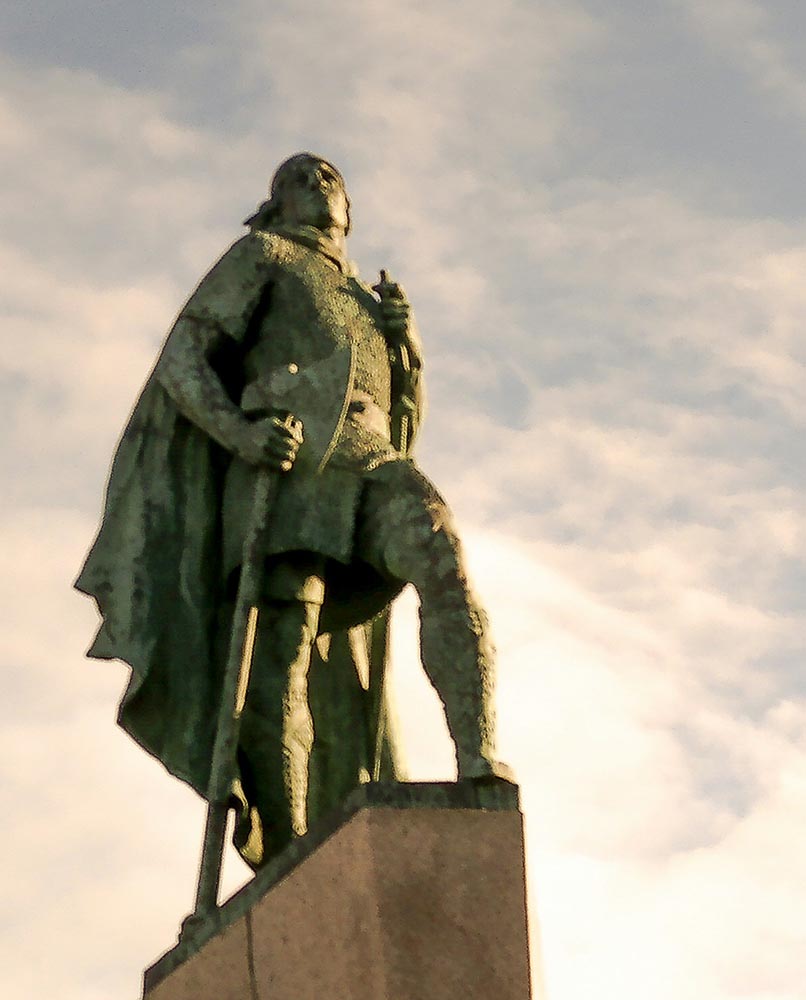
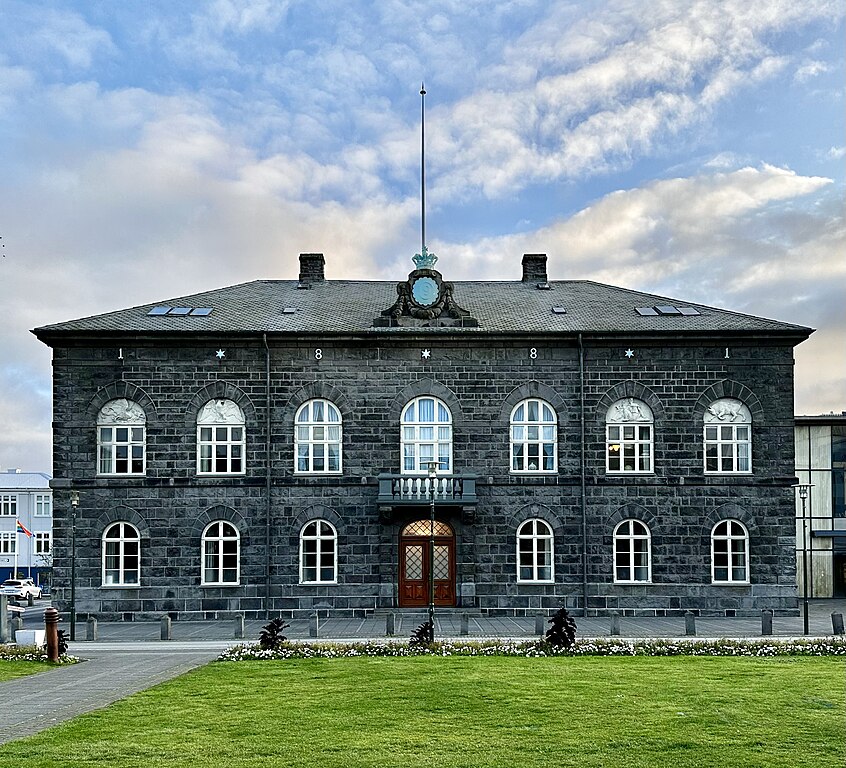
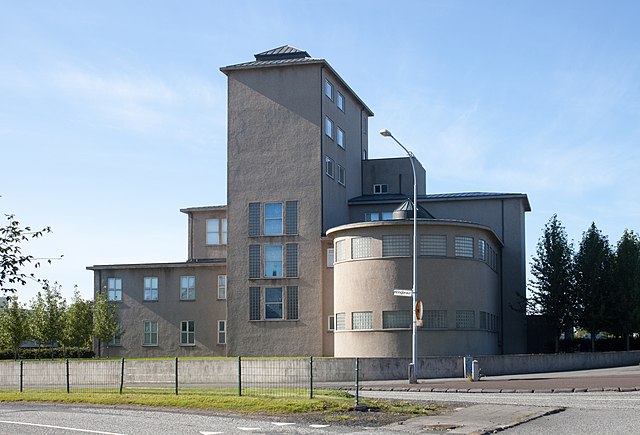
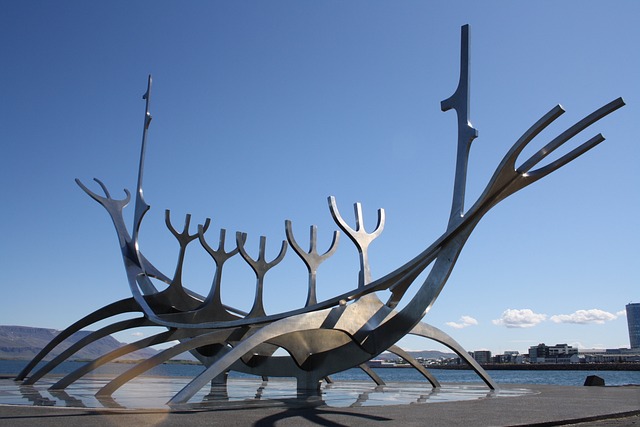
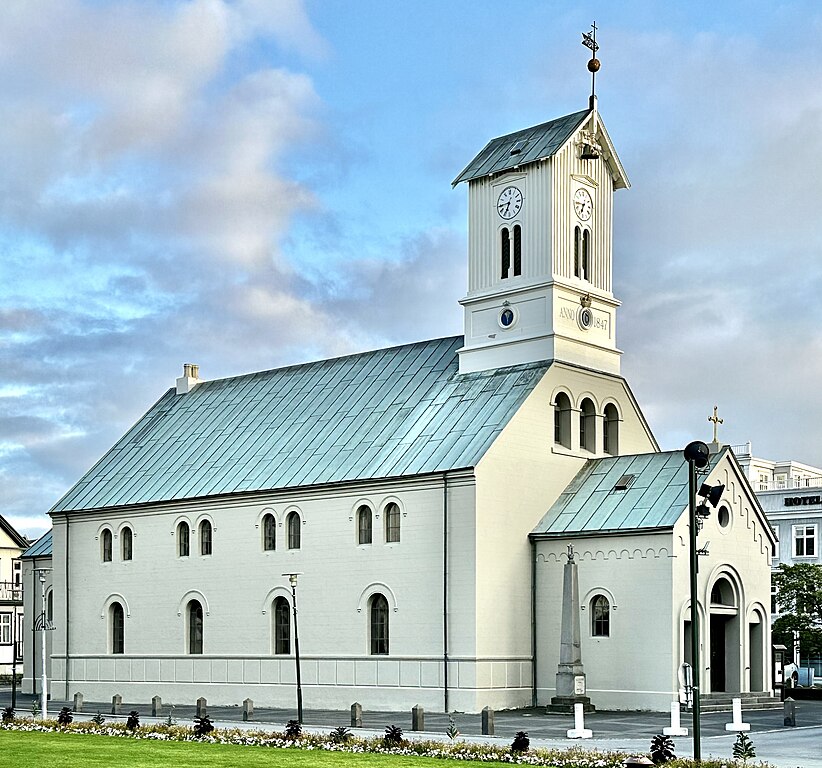
Leave a Reply
You must be logged in to post a comment.